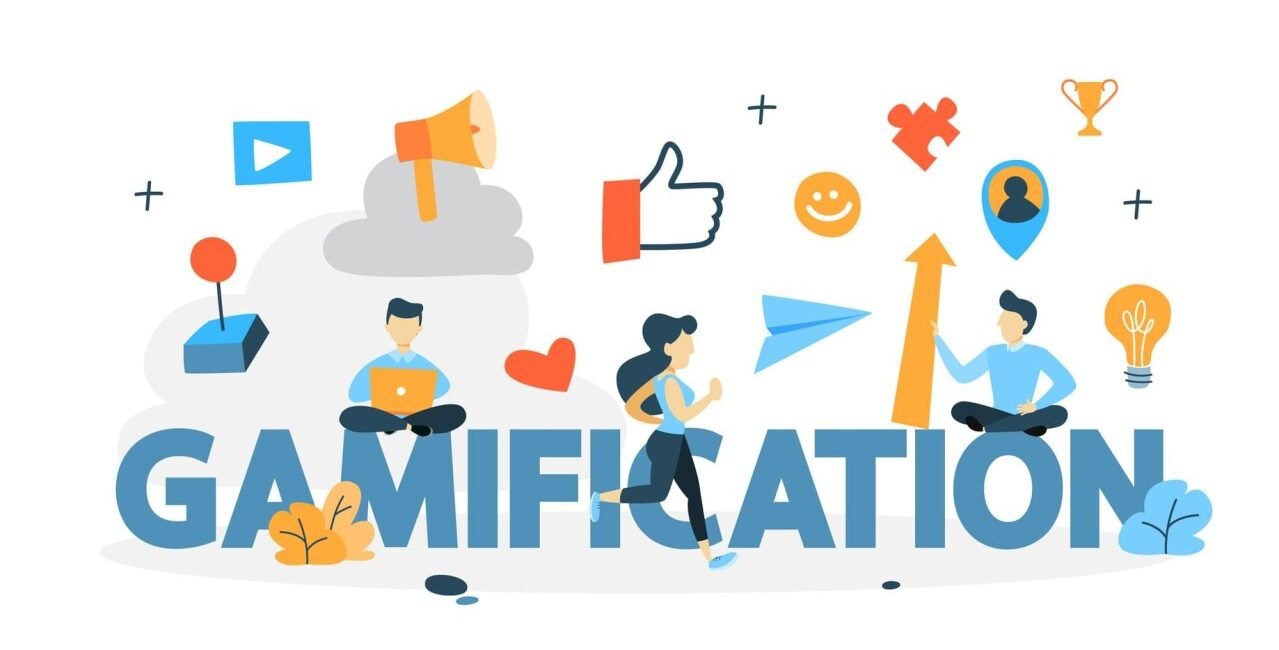
In today’s fast-paced digital economy, customer attention is the new currency. With endless options available, businesses must go beyond traditional marketing strategies to keep their audience engaged. One approach gaining momentum is gamification—the use of game design elements in non-gaming contexts. From loyalty points to interactive challenges, companies are gamifying user experiences to boost retention and enhance customer interaction.
When integrated into customer engagement solutions, gamification becomes more than just a trend—it transforms the customer journey into an immersive experience. These solutions combine strategy, data, and psychology to drive meaningful interactions, and gamification serves as a powerful tool within this framework.
What is Gamification?
At its core, gamification involves applying game-like mechanics to encourage user participation and behaviour. Think of leaderboards, reward systems, badges, levels, or streak counters. These elements are designed to tap into human psychology, triggering motivation, competitiveness, achievement, and the desire for recognition.
But gamification isn’t just about fun and games. When applied correctly, it creates meaningful experiences that lead to better customer engagement, increased loyalty, and measurable business outcomes.
Why Businesses Use Gamification
Companies across industries are turning to gamification for several compelling reasons:
-
Enhanced User Experience: It makes the customer journey enjoyable and interactive.
-
Increased Engagement: Users are more likely to return when they’re rewarded for participation.
-
Data Collection: Interactive elements provide insights into use behaviour and preferences.
-
Retention and Loyalty: Reward systems foster long-term relationships.
Businesses aren’t just using gamification to entertain—they’re using it to guide customer behavior in a direction that benefits both the brand and the consumer.
Role of Gamification in Customer Engagement
Gamification plays a strategic role in the broader customer engagement model. It helps brands:
-
Capture Attention: Interactive tasks make users spend more time with your product or service.
-
Create Emotional Connections: Games and challenges build a positive association with the brand.
-
Encourage Advocacy: People are more likely to share and promote their achievements.
-
Reinforce Brand Loyalty: Offering rewards creates a cycle of recurring interaction.
Essentially, it aligns business goals with user motivation. Customers get a sense of progress and achievement, while companies benefit from repeated engagement and advocacy.
Gamification within Customer Engagement Solutions
Modern customer engagement solutions are data-driven platforms designed to foster meaningful interactions across the customer lifecycle. When gamification is integrated into these platforms, its impact multiplies.
For instance, a CRM system that rewards customers for submitting feedback or referring friends can improve customer satisfaction and fuel organic growth. Likewise, e-commerce platforms that offer discounts through spin-the-wheel features or daily challenges can boost conversions and increase repeat purchases.
These solutions leverage gamification, personalise experiences, and segment users based on engagement levels. By tracking progress and providing real-time feedback, companies can nurture leads, improve onboarding, and enhance retention.
Real-World Examples That Work
Here are a few real-world brands that have successfully embedded gamification into their customer engagement strategy:
1. Starbucks Rewards
Starbucks uses a tiered rewards system where customers earn stars for purchases. As they collect more stars, they unlock perks like free drinks and exclusive offers. This simple yet effective mechanic keeps users coming back, creating strong customer loyalty.
2. Nike Run Club
Nike has turned fitness into a social, competitive experience. The app tracks running stats, sets challenges, and awards badges. Users not only stay fit but also stay loyal to the Nike brand.
3. Duolingo
Duolingo gamifies language learning with XP points, streaks, leaderboards, and in-app rewards. The platform’s stickiness comes from how it encourages daily use while making progress feel tangible.
4. Sephora Beauty Insider
Sephora’s program offers points for purchases, which can be redeemed for products. The VIP tiers create a sense of exclusivity and achievement, boosting customer lifetime value.
These examples show that gamification isn’t limited to any one sector—it works across industries when aligned with user goals.
Challenges and Limitations
Despite its benefits, gamification isn’t a silver bullet. It comes with challenges that businesses must navigate carefully:
-
Over-Gamification: Too many game mechanics can overwhelm or annoy users.
-
Shallow Engagement: If the game elements aren’t tied to real value, users may lose interest quickly.
-
Increased Expectations: Once users are used to rewards, removing them can lead to dissatisfaction.
-
Complex Implementation: Integrating gamification into legacy systems or customer engagement platforms can require significant time and technical expertise.
Gamification must be purposeful. It should enhance the customer journey, not become a distraction or gimmick.
Is Gamification Worth It?
The answer lies in how well it aligns with your brand’s goals and your customers’ desires. If implemented thoughtfully, gamification can lead to:
-
Higher engagement metrics (clicks, shares, referrals)
-
Increased customer retention
-
Morepersonalisedd data
-
Enhanced brand perception
It’s important to measure success with clear KPIs, such as increased session time, reduced churn, or higher Net Promoter Scores. When integrated into customer engagement strategies, gamification becomes a tool that offers tangible value for both businesses and consumers.
However, businesses should always test, iterate, and optimise. What works for one audience may fall flat with another. The key is to remain user-focused and data-informed.
Final Thoughts
Gamification has emerged as a powerful asset in modern customer engagement, not just because it’s trendy, but because it works. It taps into the core of what drives human behaviour—progress, achievement, and connection.
When used within customer engagement solutions, gamification becomes more than a marketing tactic; it becomes part of the value proposition. From encouraging repeat purchases to building emotional bonds, the strategic use of gamified experiences helps brands stay relevant in a crowded marketplace.
For businesses looking to stand out, the question is no longer “Should we use gamification?” but rather “How can we use it meaningfully?” The brands that get this right are already reaping the rewards.

